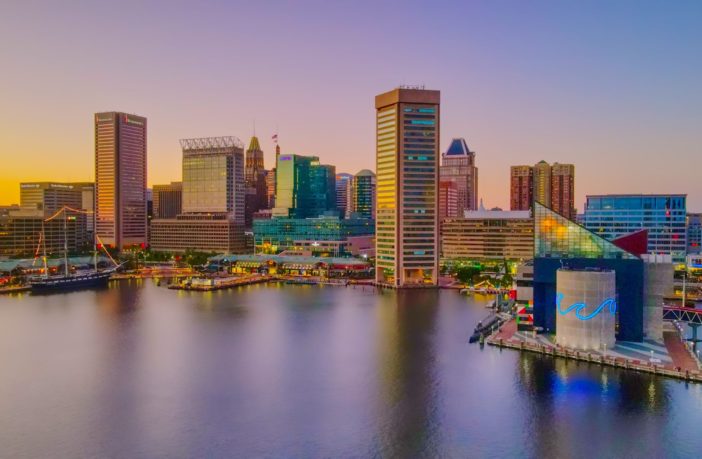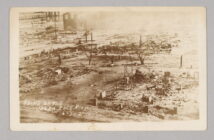By Megan Sayles
AFRO Business Writer
msayles@afro.com
Baltimore has been one of five federally-designated Workforce Hubs across the United States for eight months now. President Joe Biden created the initiative as part of his Investing in America agenda to develop the requisite workforce for developments spurred by the Bipartisan Infrastructure Law, CHIPS and Science Act and Inflation Reduction Act.
Baltimore Mayor Brandon M. Scott says the designation stands as an investment in communities that have long been underserved.
“We know that Blacks in cities across this country have been disinvested in like no other American citizens,” Scott told the AFRO. “This is an opportunity to have them join in working in partnership, learning careers and opportunities that no one can take away from them, especially in neighborhoods like West Baltimore.”
Baltimore was identified as a Workforce Hub because of its prime position in the Northeast Corridor. The Biden Administration considers the location essential to efforts to upgrade rail infrastructure.
One major project the designation will bolster is the replacement of the 150-year-old Baltimore and Potomac Tunnel, which has become a bottleneck for Amtrak and Maryland Area Rail Commuter (MARC) trains. It’s also grappling with water infiltration, a deteriorating structure and sinking floor.
The project will become known as the Frederick Douglass Tunnel, in recognition of the Maryland-born abolitionist, and will consist of two new, high-capacity tunnel tubes that will predominantly accommodate electric passenger trains. The Frederick Douglass Tunnel Program will also include the construction of new roadway and rail bridges, new rail systems and a new ADA-accessible MARC station in West Baltimore.
Scott said the Workforce Hub designation will enable Baltimore to train hundreds of city residents to take on the construction jobs that will be needed to complete and sustain the new tunnel, among other development projects.
“These are historic things that have been issues in Baltimore for quite some time. Now, we can help these communities, especially those in West Baltimore that have been disinvested in for years,” said Scott. “We can have young women and men who are descendants of people whose families were displaced for the Highway to Nowhere now working on the Frederick Douglass Tunnel.”
The city of Baltimore has also received $2 million in federal funding to address the damage done by the Highway to Nowhere, which displaced thousands of Black residents during its construction in the 1970s.
The funds came from the U.S. Department of Transportation’s Reconnecting Communities Program, which was created through the Bipartisan Infrastructure Law. They will be used to support the removal of the historical highway in West Baltimore.
“This is about us undoing historical wrongs,” said Scott. “I think we’re all coming into this work with that understanding and look forward to doing that, while allowing those who were the most directly impacted to benefit from the opportunity.”
In November 2023, Gov. Wes Moore affirmed his commitment to supporting Baltimore’s Workforce Hub. He announced that Maryland’s Department of Transportation (MDOT) would determine workforce investments and policies, including pre-hire collective bargaining agreements, for all transportation projects totaling more than $20 million in Baltimore.
This includes the $6-billion Frederick Douglass Tunnel Program.
“In the state of Maryland, we will work with the Biden Administration to ensure that federal projects in Baltimore operate under the highest possible labor standards, including the Maryland Department of Transportation’s commitment to labor agreements for a number of strategic projects across the agency portfolio,” said Gov. Wes Moore in a statement. “Partnership drives progress, and we are going to keep moving in partnership with our friends in the White House, in Congress and with our unions to create good-paying jobs.”



